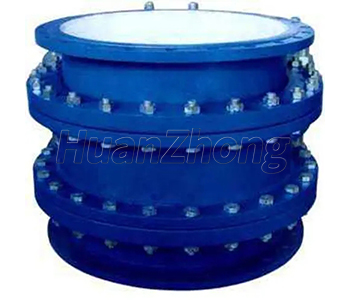What is a Thermal Heating Pipe Compensator and Installation Instructions.
What is a Thermal Heating Pipe Compensator and Installation Instructions. A thermal heating pipe compensator is an essential component in a heating system that helps to accommodate the expansion and contraction of pipes due to temperature changes. It is designed to absorb the thermal expansion of pipes and prevent any damages that may occur as a result of thermal stress.
Installation of a thermal heating pipe compensator is a crucial step in ensuring the long-term integrity and efficiency of a heating system. Here are some guidelines to follow when installing a thermal heating pipe compensator.
Determine the appropriate location: Before installation, carefully analyze the heating system to identify the areas where thermal expansion is likely to occur. These locations are typically where the longest pipe runs are present or where pipes are exposed to significant temperature changes. Place the compensators accordingly.
Prepare the pipe ends: Ensure that the pipes at the designated locations are properly prepared for installation. This includes cleaning and deburring the pipe ends to remove any dirt, debris, or rough edges that could affect the compensator's sealing capabilities.
Calculate the required movement range: Determine the amount of expansion and contraction that the compensator needs to accommodate. This can be calculated based on the pipe material, length, and expected temperature fluctuations. It is vital to choose a compensator with a movement range that exceeds the calculated value.
Install the compensator: Slide the thermal heating pipe compensator over the pipe, ensuring that the sealing arrangement aligns with the pipe ends. Use appropriate fasteners, such as clamps or brackets, to secure the compensator in place. Make sure that the compensator is oriented in the correct direction, following the manufacturer's guidelines.
Connect the pipes: Connect the pipes on both ends of the compensator using suitable coupling methods. This could include welding, flanges, or mechanical joints, depending on the specific system requirements. Ensure proper alignment and tightness of the connections to prevent leaks or stress on the compensator.
Inspect and test the installation: Once the compensator is installed, carefully inspect the entire system for any signs of misalignment, leaks, or stress. Conduct a pressure test to ensure the integrity of the piping system and check if the compensator functions as intended.
Regular maintenance: Schedule routine maintenance to inspect and clean the compensator periodically. Check for any signs of wear, damage, or deterioration. Replace the compensator if necessary to maintain the optimum performance of the heating system.
In conclusion, a thermal heating pipe compensator is a crucial component in accommodating thermal expansion and contraction in heating systems. By following these installation instructions, you can ensure a successful and efficient installation, leading to a reliable and long-lasting heating system. Remember to consult the manufacturer's instructions and seek professional assistance if needed to ensure proper installation and functionality of the compensator.
